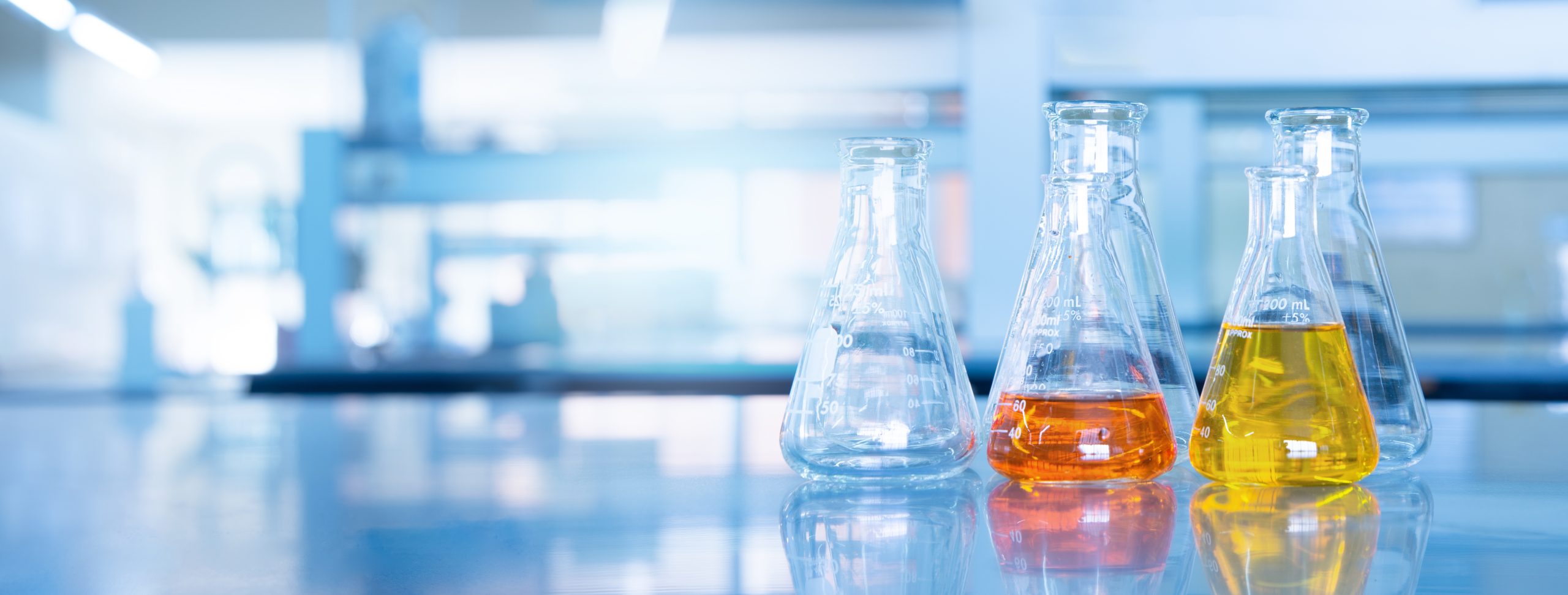DMS Presence in Wine
ASCENT PETROCHEM HOLDINGS CO., LTD
Dimethyl sulfide (DMS) is a naturally occurring compound that can be found in various foods and beverages, including wine. It is produced during fermentation and is known to contribute to the aroma profile of certain wines.
DMS is formed from the breakdown of precursor compounds known as S-methyl methionine (SMM) and dimethyl sulfoxide (DMSO). These precursors can be present in grapes and are converted to DMS during the fermentation process.
In wine, DMS is typically described as having a cooked vegetable or canned corn-like aroma. While it is generally considered a flaw in most wines, certain wine styles, such as some white wines and certain grape varieties like Sauvignon Blanc, can have low levels of DMS that contribute to their characteristic aromas and flavors.
It is important to note that the perception of DMS in wine can vary among individuals, and what may be considered a flaw by some might be appreciated by others as a desirable characteristic.
Winemakers take measures to minimize the occurrence of DMS in wine by careful grape selection, minimizing oxygen exposure during winemaking, and ensuring proper yeast nutrition. However, in some cases, DMS can still be present in wine, especially if specific winemaking techniques or grape varieties are used that may lead to its formation.
It’s worth mentioning that the presence of DMS in wine should not be confused with sulfites, which are sulfur-based compounds added to wines as a preservative. Sulfites are regulated and used in much smaller amounts than the naturally occurring DMS.

